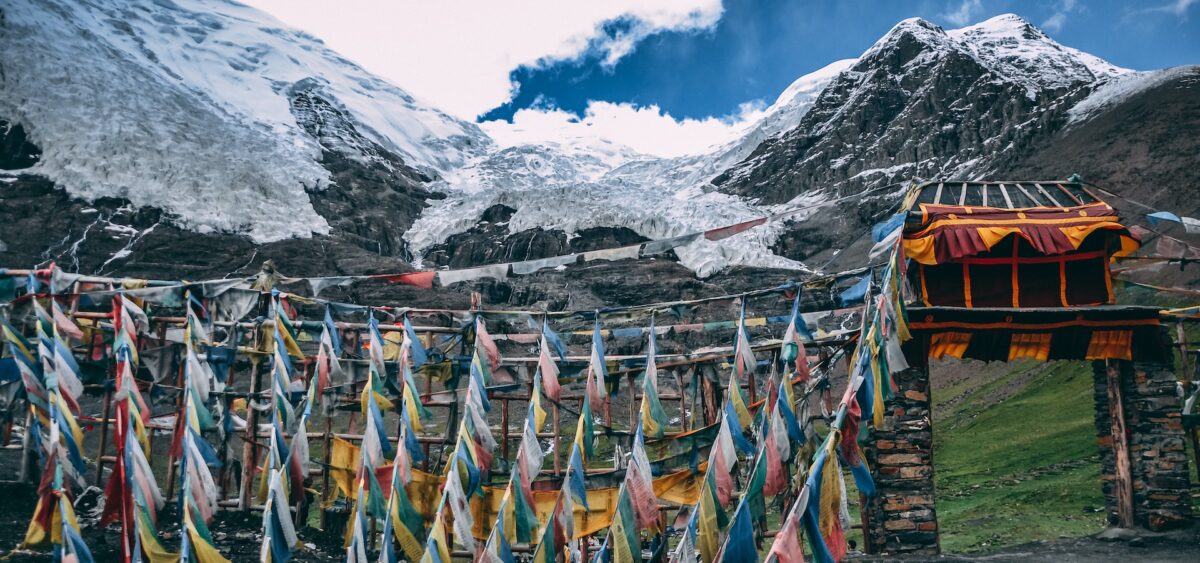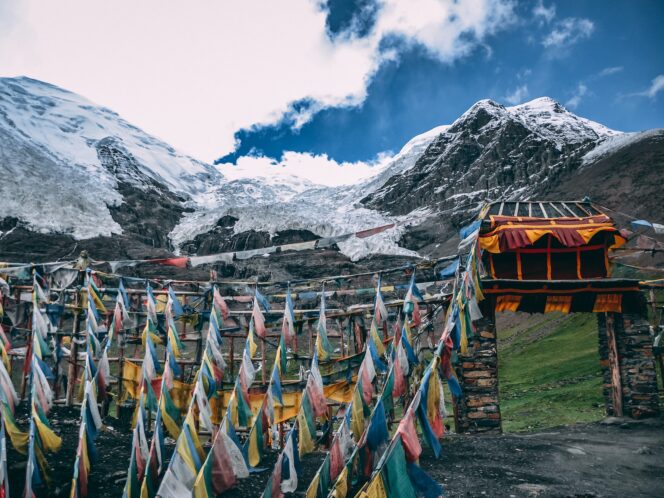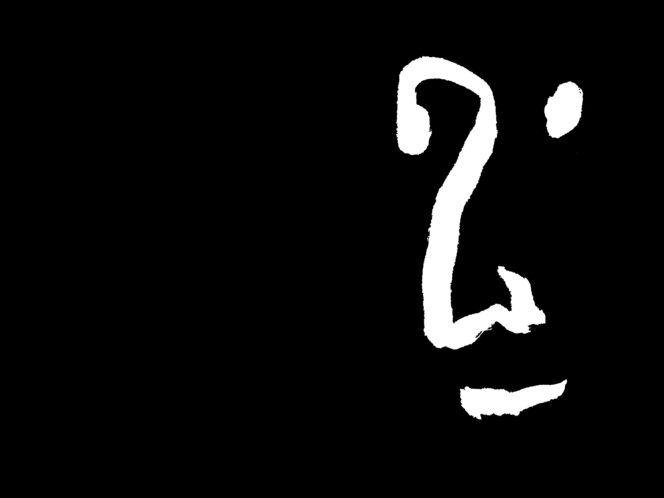
Body and soul are one—Tibetan yoga proves it best. Ancient exercises of breath and movement will improve anyone’s wellbeing.
The five core tsa lung exercises described below come from the teachings of the Ma Gyu, or Mother Tantra—the essential cycle of Tibet’s oldest spiritual tradition Jungdrung Bön. They are a guide to working with five types of breathing. As Alejandro Chaoul-Reich, a disciple of Tenzin Wangyal Rinpoche, explains, “Through simple body movements, the vital breath guides the mind into particular locations, or chakras, opening and harmonizing those locations to experiences that can support one’s meditative practice.”
Thus, these exercises are performed as an introduction to further meditation practice. Each of the chakras corresponds to the five elements and their associated features. In addition, Tibetan yoga also includes trul khor, or magic circle, also known as yantra yoga. Without going into too much detail, physical practices are an aid during mental practices here, as they help to balance








